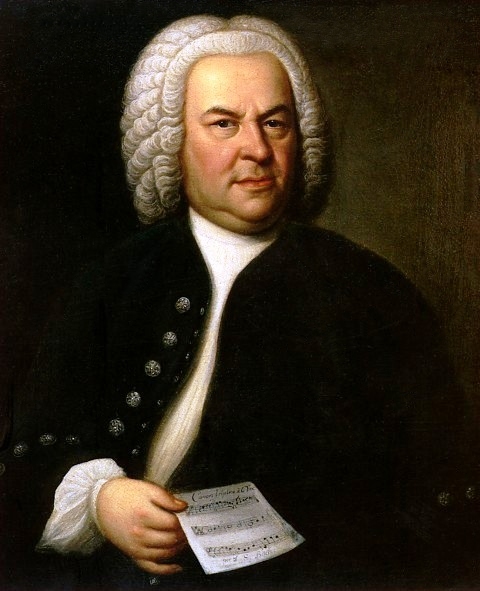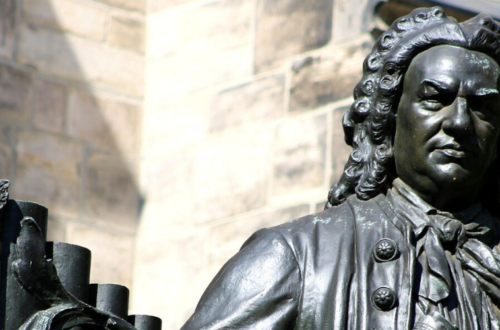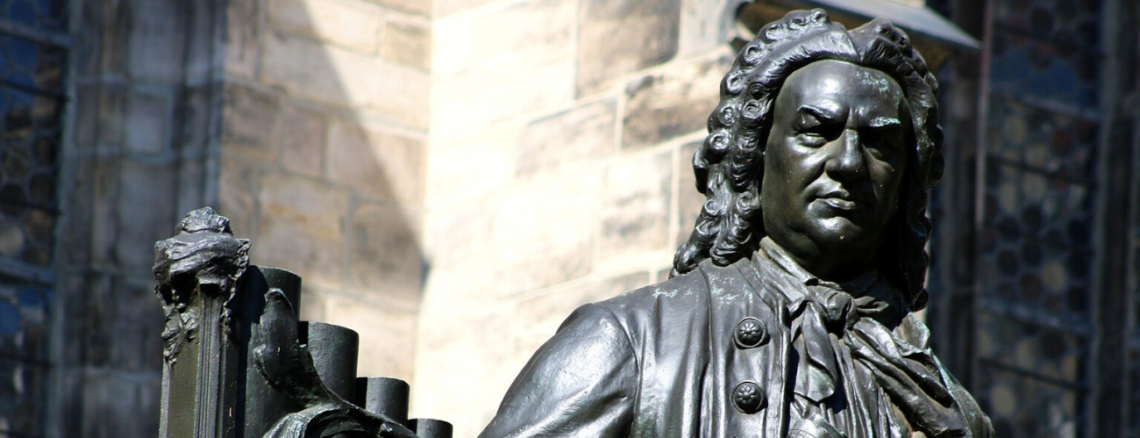-
Being Raucous with Royer, or Baroque Music for Kids at Home

I can’t help myself. Whenever I read an article about how calm and soothing classical music is, I think of pieces like Vertigo by Joseph-Nicolas-Pancrace Royer (c1705–1755), which is anything but. If you want to share some exciting Baroque music with your kids while you’re stuck at home, check out this piece by Royer!
Vertigo is the kind of crazy cool music that was happening in France between the 1730s and 1750s, at the end of the Baroque period (roughly 1600–1750). It is fire, it is fury. These are emotions that kids should be exposed to in music, too.
This music is anything but relaxing, but that’s what makes it so great. I think its intensity is part of what draws my one-year-old son, Little M, to it. Hopefully your children will be drawn to it, as well, and will find it as interesting as Little M does.
Before we get to the music, here’s a short bio about Royer to get you up to speed.

Royer’s Bio
Joseph-Nicolas-Pancrace Royer (c1705–1755) was a French composer during the late Baroque period of classical music. In addition to being a composer, he also played the harpsichord and organ and was known for being a great musician. He worked at various musical locations in Paris, as well as at the French court at Versailles.
Royer is best remembered (when he’s remembered at all) for his harpsichord music. But he actually wrote a lot of operas, which are like plays but with singing instead of speaking. He was a very well-known musician during his lifetime even though he has mostly been forgotten today.

The Music
As promised, the selection my son, Little M, and I wish to share with you today is Royer’s Vertigo. This music is great to share with your kids at home because it is not only interesting to listen to but also fascinating to watch. My son is very intrigued by the harpsichord and its unique sound, so he finds pieces like this fascinating.
While we’re on the topic, a few notes about the harpsichord, which is the only instrument in today’s video. Despite its appearance, the harpsichord is not very much like the piano. The technique used to play it and make it sound its best is completely different from piano technique. The unique sound of the harpsichord is created by little pieces of bird quill–like the part of a bird feather people used to write with!–plucked the strings when the keys are played.
If you want to learn more about the harpsichord and how it’s different from the modern piano, check out our Guide to Baroque Instruments.
This music was intended to shock and amaze and I think it does that as much for the player as it does for the audience. It’s full of devilish surprises that challenge the harpsichordist’s technique and the listener’s ear. It is virtuosic harpsichord music.
The fabulous harpsichordist in this video is Jean Rondeau. Go check out his website or his YouTube channel! A bunch more videos of his playing can be found on the Warner Classics YouTube channel.
If you want to check out the whole CD, you can find it on Amazon by clicking the image below. (Disclaimer: We may receive compensation [at no extra cost to you!] when you click on the links to this CD.)
-
Beginning with Bach, or Bach for Babies

There’s no better place to begin learning about Baroque music than with Johann Sebastian Bach (1685–1750)–he’s a famous classical music composer who is great for babies, children, and pretty much everyone else! Even though my one-year-old son, Little M, is just a baby, he loves Bach! And Bach is such a big deal that you’ve probably already heard of him, even if you’ve never listened to classical music before.
Spoiler Alert: You’ve actually already heard a lot of classical music in your life, even if you don’t know it! It’s in commercials and movies, in shopping malls and sometimes even elevators. You’ve almost definitely heard a lot more classical music than you think you have!
But who was Bach? And how did he become so famous? Here’s a short Bach bio to fill you in.

Bach’s Bio
J.S. Bach was born in Eisenach, Germany, in 1685. He started studying music at a very young age and even though both of his parents died by the time he was 10 years old, one of his brothers took care of him and helped him continue studying music.
As Bach grew up, he moved around to a few different cities in Germany, working as a musician everywhere he went. In 1723 he ended up in Leipzig, working as the music director for several churches there and teaching in the St. Thomas boys’ school. The move to Leipzig was the last one he made: he lived and worked there until his death in 1750.
Bach wrote more than 1,000 pieces that still survive today (and probably many more that no longer exist). He wrote both instrumental music–or music for instruments without voices–and vocal music–or music that includes singing.
Though he wasn’t super well-known during his lifetime, in the early 1800s–nearly 100 years later!–another composer, Felix Mendelssohn (1809–1847) thought his music was pretty amazing. Mendelssohn wanted more people to know about Bach’s music, so he put on a big Bach concert and that was the beginning of Bach’s fame. After that everyone saw just how great Bach’s music was and the rest is history.

The Music
So the piece of music my one-year-old son, Little M, and I want to share with you today is the first movement of one of Bach’s cantatas, “Wir danken dir…” (BWV 29).
A movement is a short(ish) piece that is grouped with other movements to form a larger musical piece. A cantata, in this context, is a piece of music for voices and instruments.
Even though this is a cantata (so it has singers), the first movement is just instruments, so you don’t need to worry about understanding any text.
This movement is fun and flashy and really enjoyable to watch as well as listen to! This is one of the reasons that Bach is great for babies–his music is often good at capturing their attention, especially with great performance videos!
If you want to know more about any of the instruments you see in the video, check out our Guide to Baroque Instruments. The instruments in this video are called “period instruments” because they were made in the same time period (i.e. hundreds of years ago!) as the music being played, or they are exact copies of instruments from that time period.
We hope you enjoy the music! The first movement ends at about 3:50, so you can stop the video there or keep listening if you want to hear more. Let us know what you think by leaving us a comment below!
This performance is by the Netherlands Bach Society. Go check them out on their website or their YouTube channel!






